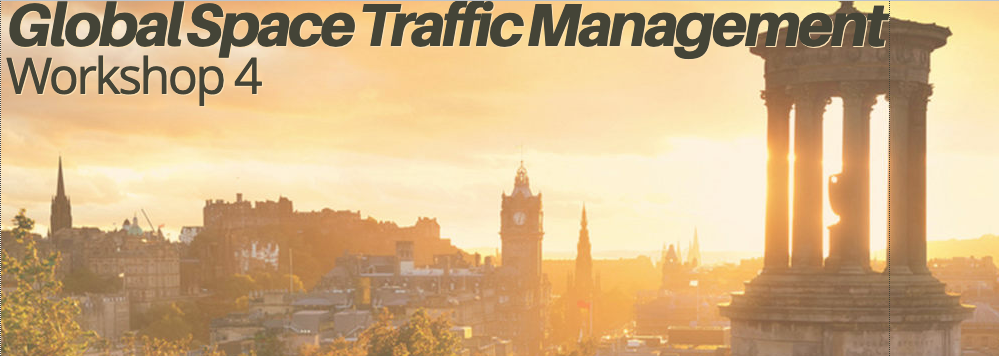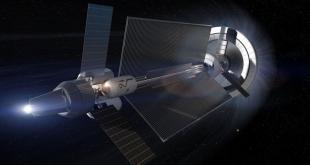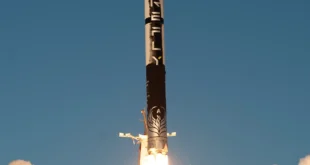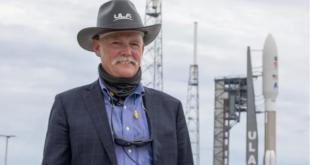The question of Space Traffic Management (STM) is becoming more urgent as the amount of satellites being orbited is set to grow at an unprecedented rate. In this article, Christopher J. Newman, Professor of Space Law & Policy, previews an event that is dedicated to addressing space traffic management challenges.
The STFC/Lockheed Martin Global Space Traffic Management Workshop hosted by the Royal Edinburgh Observatory is taking place in Edinburgh 26-29th August 2019. It is the fourth in what has become an annual series of events that bring together invited groups of international participants with expertise in the range of topics that relate to the development of a global system for Space Traffic Management (STM).
This workshop started in 2016 and sought to identify the range of such topics that set the agenda for subsequent discussions. This led to the production of the report ‘The Case for a commercial/civil space traffic management capability. The 2017 Workshop, whilst building on this, adopted a different approach, walking through a satellite operations scenario – from launch to orbit – to elucidate what information (in whose possession) about it would be required for effective space traffic management. The workshop in 2018 focused on two aspects of the general problem, namely the network of data resources needed to support STM and the regulatory framework within which STM capabilities must operate. When considering the challenges posed by the ever-increasing number of nations and private companies looking to increase their footprint in the global space economy, the fourth workshop looks again to break new ground in trying to predict what would happen if a collision occurred in the GEO belt and identify the gaps in data and capacity that would be highlighted in any subsequent legal proceedings.
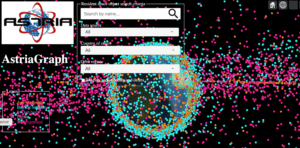
As the civil and military orbital population continues to increase, the GSTM Workshop fulfils an urgent need in identifying gaps in capacity and providing globally focused solutions for all space actors. There has been a recent and significant rise in the licensing of large constellations containing many thousands of satellites. As the orbital population is set to increase dramatically, the legal framework surrounding space activity needs to be revisited to deal with this accelerated growth. Under the Outer Space Treaty 1967, it is nations, not commercial enterprises that are liable for any damage caused by a space object. The Liability Convention 1972 developed the concept of on-orbit liability and holds that damage caused by a space object anywhere other than the surface of the Earth liability will be decided on the basis of fault.
The rise of large constellations coupled with an increasing number of experimental techniques such as active debris removal and on-orbit servicing procedures means that, if legal action were to be considered/initiated after an event, establishing fault in such cases will be extremely challenging. When seeking to apportion blame it is the tort of negligence to which courts will look to decide how fault is to be determined. In order to show that a satellite operator has breached their duty of care to other space users, courts will normally look at both norms of behaviour and established codes of practice, deviation from which will point towards blameworthiness on the part of one or more users of the space environment.
The lack of established practice and codified behaviour means that in addition to the experimental nature of proximity operations, the legal environment is similarly uncertain. The 4th GSTM Workshop will see a truly trans-disciplinary approach to addressing these problems in detail and will examine the on-going development of the “space law games” as an attempt to provide a working model for this area. The “space law games” are a series of simulations, using military war gaming methodology which include a wide-ranging group of stakeholders including satellite operators, academics and those with a regulatory background. The data produced from these simulated collisions will then be provided to a team of litigators who will highlight some of the key legal and evidential issues that might need to be dealt with by satellite operators should damage occur.
This workshop will herald the start of the Space Law Games by story-boarding a GEO debris collision scenario occurring during an on-orbit servicing mission that will form the first of the simulations. Sponsored by Lockheed Martin, hosted by the Royal Edinburgh Observatory and in collaboration with Northern Space & Security and Northumbria University, this fourth workshop will provide the legal analogue to the operations scenario from the 2017 workshop, by walking through the legal processes that would follow a debris collision event. Once the collision has been mapped out, the simulated data will be processed and handed over to a team of world-leading legal experts who will use this data to predict the way in which litigation might follow such an event. The results of these simulations will be promulgated at space conferences and events around the world. The reach and impact of the GSTM Workshop will be accessible to all those who engage with the space community via the Law Games events and will inform the way in which both operators and policy makers look to develop STM in the future.
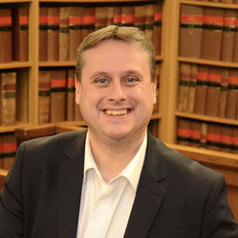
Dr. Christopher Newman is Professor of Space Law and Policy at Northumbria University in the United Kingdom. The views expressed here are those of Dr. Newman and do not necessarily reflect the views of Northumbria University.


